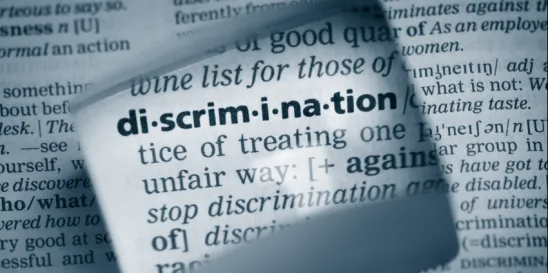Last week, on the 50th anniversary of the Rehabilitation Act — which prohibits disability discrimination by federal contractors and other programs receiving federal funds — the EEOC and Department of Labor issued a resource guide for recruiting, hiring, and employing individuals with disabilities. The resource guide provides a helpful synopsis of the Rehabilitation Act’s basic terminology and requirements, a summary of best practices, and links to many resources for technical assistance. If your business is a federal contractor, receives federal funding, or is a government agency, this is the resource guide for you.
Rehabilitation Act Basics
The Rehabilitation Act entered the scene in 1973 and was ultimately the model for the Americans with Disabilities Act. Like the ADA, the Rehabilitation Act prohibits disability discrimination in the workplace and provides rights to reasonable accommodations. But the Rehabilitation Act applies to government agencies, federal contractors, and programs receiving federal funds and imposes some additional requirements on those employers. The act has two primary provisions: Section 501, which applies to federal agencies and is enforced by the EEOC, and Section 503, which applies to federal contractors and subcontractors and is enforced by the OFCCP.
The Resource Guide
The resource guide describes both Section 501 and Section 503 and their basic requirements. Here are some high points:
- The Rehabilitation Act defines “disability” just like the ADA, and the ADA’s definition is very broad. A disability includes many kinds of mental and physical medical conditions.
- “Targeted disabilities” are a subset of disabilities, applicable only under Section 501 and recognized due to the fact that qualified individuals with these disabilities face significant barriers to employment, beyond the barriers faced by people with other disabilities. Some examples of targeted disabilities include significant mobility impairments, blindness, deafness, significant psychiatric disorders, epilepsy, and traumatic brain injury.
- Among the basic prohibitions against disability discrimination and requirement of reasonable accommodations, Section 501 has a few unique requirements for federal agencies:
- Agencies must recruit individuals with disabilities and ensure that individuals with disabilities are aware of and have an opportunity to apply. Agencies also must have sufficient staff to answer disability-related questions and process requests for reasonable accommodations in the hiring process and applications.
- Agencies must provide opportunities for employees with disabilities to advance within the agency.
- Federal agencies must provide personal assistance services to employees who need them because of a targeted disability, unless doing so would impose an undue hardship.
- Section 503 also has some unique requirements for federal contractors and subcontractors:
- Federal contractors with 50 or more employees and a federal government contract or subcontract of $50,000 or more must develop and maintain an affirmative action program for each establishment within 120 days from the start of the contract.
- Section 503’s prohibition against discrimination specifically applies to:
- Recruitment, advertising, and job application procedures;
- Hiring, upgrading, promotion, award of tenure, demotion, transfer, layoff, termination, right of return from layoff, and rehiring;
- Rates of pay or any other form of compensation and changes in compensation;
- Job assignments, job classifications, organizational structures, position descriptions, lines of progression, and seniority lists;
- Leaves of absence, sick leave, or any other leave;
- Fringe benefits available by virtue of employment, whether or not administered by the contractor;
- Selection and financial support for training, including apprenticeships, professional meetings, conferences and other related activities, and selection for leaves of absence to pursue training;
- Activities sponsored by the contractor, including social and recreational programs; and
- Any other term, condition, or privilege of employment.
Takeaways
As you can see, the resource guide is full of helpful information. If you have questions about the Rehabilitation Act, take a look at the resource guide’s information, as well as the list of links included in the guide for more specific information. And, as always, consult with your legal counsel if you have any questions.





 />i
/>i
